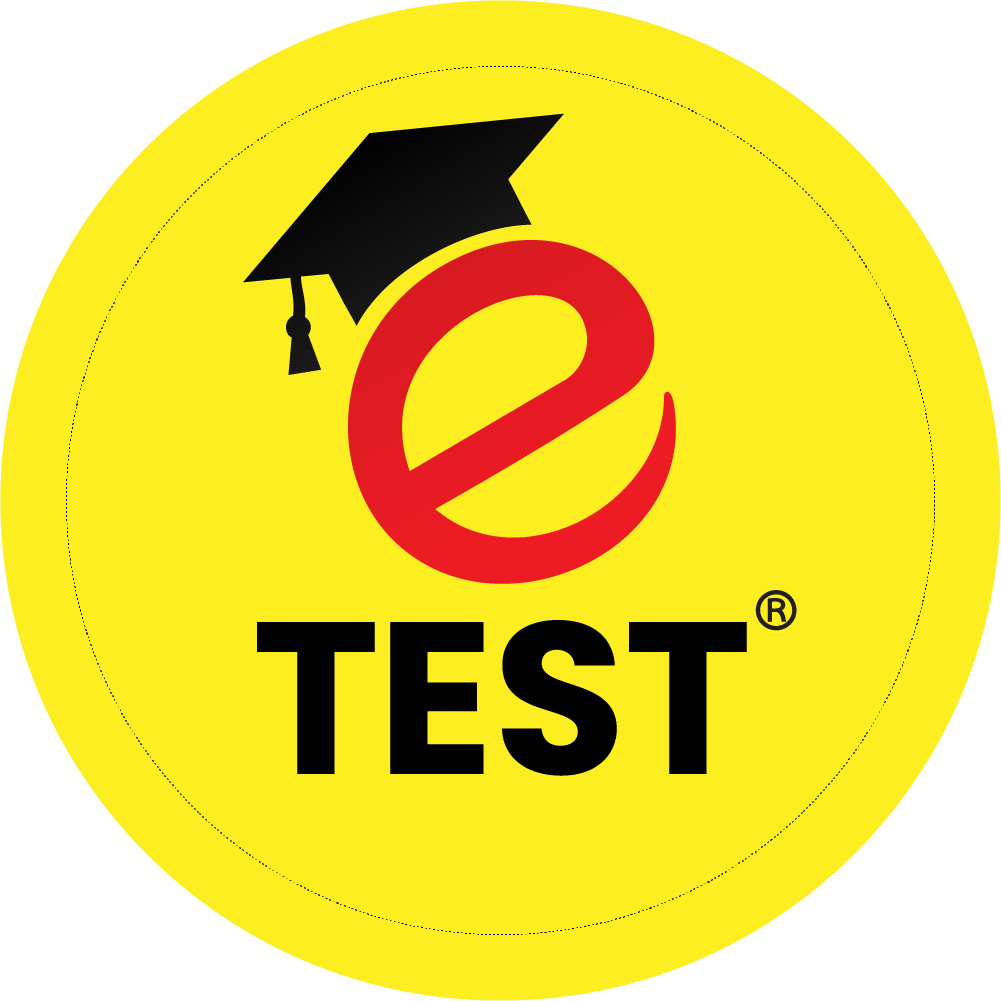- In Primary Response
- In Secondary Response
- In Secretions
- On B cell surface
- A
-
IgA is the one of the five primary immunoglobulin.
IgA plays vital role against infectious microorganisms.
Medical MCQs
All Solved Medical related MCQs have uploaded in this section of ETEST Website. All MCQs will help to pass Medical related Exams of All Jobs and Admissions. Visitors should visit ETEST Website regularly for Best Jobs Tests Preparation because ETEST Team updates ETEST Website on daily basis.
Which one of the following compound can be presented by MHC proteins?
- Dipeptides
- Lipids
- Polypeptides
- Disaccharides
- A
-
MHC stands for Major Histocompatibility Complex.
The killed vaccine used against poliovirus is also known as:
- Oral Vaccine
- OPV
- Salk
- Sabin
- B
-
OPV stands for Oral Polio Vaccine.
Bacteria growing on raw sewage use most of the oxygen from water. What will be happen to fish living in that water?
- They won’t be able to swim in the water
- They will get more food
- They will get small
- They will die of suffocation
- A
People from an area near a factory are suffering from bronchitis. What can be the cause of it?
- Polluted water from factory
- Toxic matter from factory
- Polluted air from factory
- Solid waste from factory
- C
-
Emmited polluted air from factories are main cause of bronchitis.
Smoking is another cause of bronchitis.
Which of the structure is not present in plant cell?
- Cell Wall
- Centrosomes
- Nucleus
- Vacuole
- B
-
Centrosomes and Lyosomes are found in animal cells not exist in plant cells.
Spirogyra, Volvox and chlamydomonas are examples of:
- Fungi
- Bacteria
- Algae
- Plants
- C
What are the different shapes of bacteria?
- Rod and round only
- Round and spiral only
- Rod and spiral only
- Spiral, Rod and cockscrew
- D
-
Bacteria are classified into five groups accrding to their shapes, which are:
Spherical
Rod
Spiral
Comma
Cockscrew
The tip of tongue is sensitive to what type of taste?
- Sweet
- Bitter
- Sour
- None of these
- A
-
The back of tongue is most sensitive to bitter substances.
There are introduced into the body during vaccination.
- Pathogens
- Antibiotic
- Antiviral
- Weak or Dead Pathogens
- B
